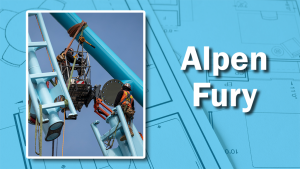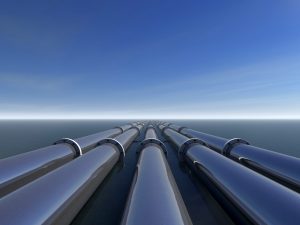Venice, in the northeastern corner of Italy, is a city whose entire history centres on the sea.
Founded about 1,600 years ago, Venice was built on islands in a shallow lagoon to protect Venetians from land-based enemies. During the Middle Ages, Venetian traders sailed throughout the known world and brought their profits home to Venice.
Now, as the sea that protected and enriched the city rises inexorably in a warming world, it’s the sea that threatens to engulf it.
The story of Venice is a long series of imaginative but difficult construction projects. It is situated on a group of 118 small islands that are separated by canals and linked by bridges — 400 bridges. The islands are located in the Venetian lagoon, which is really an enclosed bay between the mouths of the Po and Piave rivers.
The city’s buildings were built on closely spaced wooden piles driven through water, sand and mud until they reached a hard layer of compressed clay. Most of the piles are still intact because when immersed in water that contains little oxygen most wood does not decay rapidly.
Thick plates of limestone placed on top of the piles form the footings for the buildings which are made of brick or stone.
The city’s enemy now is the Adriatic Sea. Flood tides between autumn and spring flood the lagoon and often rise high enough to flood parts of the city. But that’s just one part of a double whammy that threatens the city.
During much of the last century, many wells were sunk on the periphery of the lagoon to draw water for local industry. As water was pumped, the city began to subside until, in the 1960s, pumping groundwater was banned.
Venice is still sinking, but at a much lower rate of just one or two millimetres yearly.
The Adriatic continues to rise, however, and the low-level flooding called aqua alta, “high water,” creeps ever higher. It also becomes more frequent.
So, after 50 years of debate and planning, in 2003 the national government launched the MOSE project. MOSE stands for Modulo Sperimentale Elettromeccanco, and if the acronym reminds you of the biblical tale of Moses parting the waters, it’s not an accident.
The MOSE barrier is really three separate barriers, one in each of the three inlets to the lagoon. Each barrier has about 20 individual gates, each bound by hinges on the floor of the lagoon, and each is hollow, allowing it to fill with water.
In calm weather, the water-filled gates sit on the bottom. But when floods threaten the water is pumped out of the gates and replaced with air. The gates float to the surface and create a barrier capable of stopping a storm surge as high as 2.7 metres. When the surge passes the air inside the gates is released, water flows in and the gates sink back to the bottom. At least that’s the theory.
All of this is supposed to be ready this year.
The cost was supposed to be €800 million. But the project has been delayed by engineering problems, eye-watering cost overruns and a high-profile corruption scandal.
More than 35 people were arrested including politicians and businessmen who were accused of bribery, bid-rigging and other forms of corruption. The investigation eventually led to the indictment of the city’s mayor as well as the governor of the Veneto region.
No one knows for sure how much money was siphoned off. Estimates run as high as €2 billion.
Now, estimates of the total cost of the project run as high as €7 billion. That’s C$10.7 billion. The original estimate was about C$1.2 billion.
Will MOSE be ready this year? Will it work? Some thoughtful observers, including engineers, are dubious on both counts.
One thing remains certain. The Adriatic Sea, which gave Venice its place in history, will continue to rise.
Korky Koroluk is an Ottawa-based freelance writer. Send comments to editor@dailycommercialnews.com.










Recent Comments
comments for this post are closed